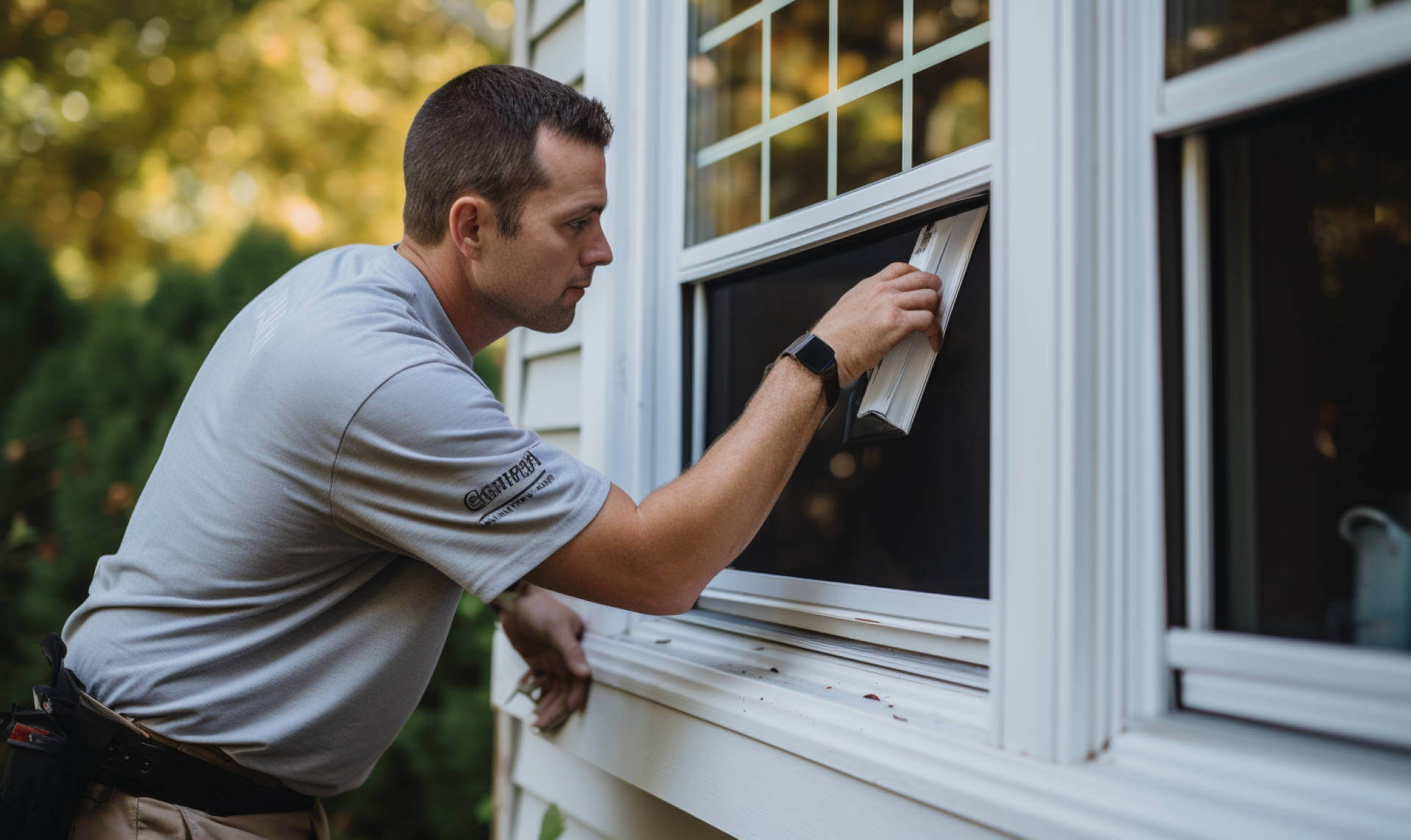Upgrade Your Home With Energy-Efficient Home Window Replacements
In the world of home improvement, the choice to update to energy-efficient window substitutes can considerably influence both the functionality and aesthetics of a house (Spring window replacement). As homeowners seek means to enhance the effectiveness and sustainability of their home, the choice of home windows plays a pivotal role in accomplishing these objectives. Beyond the surface degree of simple appearances, energy-efficient windows supply a multitude of benefits that go past plain curb charm. With a mindful selection process that takes into consideration numerous elements, from glass types to installment techniques, beginning on this home upgrade trip could verify to be a transformative endeavor.
Benefits of Energy-Efficient Windows

The setup of energy-efficient home windows gives considerable cost savings on energy expenses while enhancing ecological sustainability. Energy-efficient windows are made to lessen warmth loss and gain, minimizing the demand for heating and cooling down systems to work overtime. By efficiently insulating the home, these home windows help keep a comfortable interior temperature year-round, resulting in reduced energy intake and decreased energy expenses. In addition, energy-efficient windows can help control moisture degrees within the home, decreasing the risk of mold and mildew and mildew development.
Past the monetary benefits, energy-efficient home windows add to environmental sustainability by lowering carbon discharges linked with energy manufacturing. By decreasing power usage, these windows aid reduce the ecological impact of air conditioning, lighting, and heating household spaces. This decrease in power consumption plays an important duty in combating climate modification and promoting a greener future for generations to find. In general, purchasing energy-efficient home windows not only improves the comfort and performance of a home yet also aligns with environmentally mindful methods.
Types of Energy-Efficient Glass
Various advanced sorts of energy-efficient glass deal unique properties that deal with different requirements and preferences in enhancing the sustainability and efficiency of buildings. Low-emissivity (Low-E) glass is a popular option designed to reduce the quantity of ultraviolet and infrared light that can go through the glass, thus decreasing warm transfer. This sort of glass helps maintain a consistent indoor temperature level, lowering the demand for home heating or cooling systems, and eventually lowering energy expenses. One more ingenious choice is spectrally discerning glass, which enables noticeable light to go through while obstructing certain types of infrared radiation. This assists in maintaining a comfortable indoor environment while minimizing warm gain. Triple-pane glass, containing 3 layers of glass with protecting gas in between them, offers enhanced thermal insulation, making it extremely energy-efficient. Additionally, self-cleaning glass with a special finish that breaks down and loosens up dirt when subjected to sunshine can decrease upkeep needs and maintain home windows looking clean. Each kind of energy-efficient glass uses distinct advantages, enabling property owners to select one of the most appropriate you can try these out alternative based upon their specific requirements and goals.
Aspects to Consider When Picking
When considering energy-efficient window substitutes, it is critical to very carefully assess details factors that line up with your sustainability purposes and wanted power savings. The U-factor measures just how well the home window insulates, with lower numbers suggesting far better insulation, while the SHGC suggests the window's capability to block warm from sunlight. By thoroughly evaluating these elements, you can pick energy-efficient home windows that enhance comfort, lower energy costs, and profit the setting.
Installation and Upkeep Tips

Normal maintenance is key to maintaining the efficiency of your energy-efficient windows. Examine the weather-stripping and seals for any type of rips or spaces and replace them if required to preserve the windows' power efficiency. Spring window replacement.
Furthermore, lubricate moving components such as hinges and locks to make sure smooth procedure. By complying with these installation and maintenance pointers, you can improve the power efficiency of your home and lengthen the lifespan of your energy-efficient home windows.
Cost-Benefit Analysis of Upgrading

Energy-efficient windows are created to reduce warm transfer, minimizing the demand for home heating and cooling down systems to burn the midnight oil. This can bring about significant cost savings on power costs, specifically in areas with severe temperature levels. Furthermore, energy-efficient home windows can improve the general value of your home, making it more attractive to potential purchasers if you make a decision to offer in the future.
When determining the cost-benefit analysis, aspect in the possible financial savings on power bills, any readily available motivations or discounts, and the life expectancy of the windows. While the first expense may be greater, the long-term financial savings and benefits of energy-efficient windows make them a wise investment for homeowners aiming to enhance their home's power effectiveness and value.

Conclusion
In conclusion, updating to energy-efficient home window replacements offers numerous advantages such as reduced power consumption, raised comfort, and expense financial savings. By selecting the ideal sort of energy-efficient glass and taking house windows near me into consideration factors like framework product and installation, home owners can take full advantage of the performance of their windows. Routine upkeep and correct installation are necessary for lasting performance. Generally, the cost-benefit evaluation of updating to energy-efficient windows shows that the first financial investment can lead to considerable financial savings in the future.
When contemplating energy-efficient window replacements, it is critical to thoroughly analyze specific factors that align with your sustainability goals and desired power cost savings. The U-factor procedures exactly how well the window protects, with lower numbers indicating better insulation, while the SHGC shows the home window's capability to block warm from sunlight. By carefully evaluating these variables, you can pick energy-efficient home windows that improve comfort, reduce power prices, and profit the setting.
While energy-efficient home windows may have a higher upfront cost compared to conventional windows, the lasting advantages usually surpass the first financial investment.In verdict, updating to energy-efficient window replacements uses countless advantages such as decreased energy intake, enhanced comfort, and price savings.